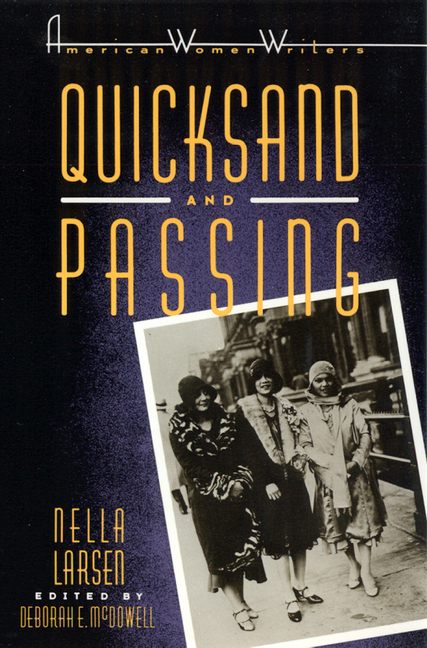Plum Bum: A Novel Without a MoralPosted in Books, Media Archive, Novels, Passing, United States, Women on 2023-01-25 01:48Z by Steven |
Plum Bum: A Novel Without a Moral
Beacon Press
2022-03-08 (originally published in 1929)
328 pages
5.5 x 8.5 Inches (US)
Paperback ISBN: 978-080700660-3
Author: Jessie Redmon Fauset
Foreword by: Morgan Jerkins
Afterword: Deborah McDowell
For readers of The Vanishing Half, a hidden gem from the Harlem Renaissance about a young Black woman’s journey toward self-acceptance while passing as white in 1920s New York City.
Originally published in 1929 at the height of the Harlem Renaissance, Plum Bun is the story of Angela Murray, a young Black woman of mixed heritage who uses the advantages of her lighter skin to escaper her own life. Beginning with a childhood in her Black middle class Philadelphia neighborhood, Angela dreams of being a renowned painter. She believes she will only achieve this through whiteness and being a part of white society. Bestowed with the light skin of her mother, while her sister Virginia’s darker complexion resembles that of their father’s, Angela refuses to accept a life dictated by the limitations that come with her race and gender.
Leaving behind her family and identity, Angela escapes to a roaring New York City where she befriends the art elites and presents herself as a white woman. Thrust into a world of seduction, betrayal, love, lust, and heartbreak, Angela soon discovers that to find true fulfillment within herself, she must accept and embrace her own identity—both her race and gender. Written with meticulous care and appreciation for the complicated nature of her characters, while also highlighting the beauty of every day Black life, Jessie Redmon Fauset’s Plum Bun raises important questions to inspire new readers.
Table of Contents
- Foreword by Morgan Jerkins
- Home
- Market
- Plum Bun
- Home Again
- Market Is Done
- Afterword by Deborah McDowell
- Notes
- Suggestions for Further Reading

